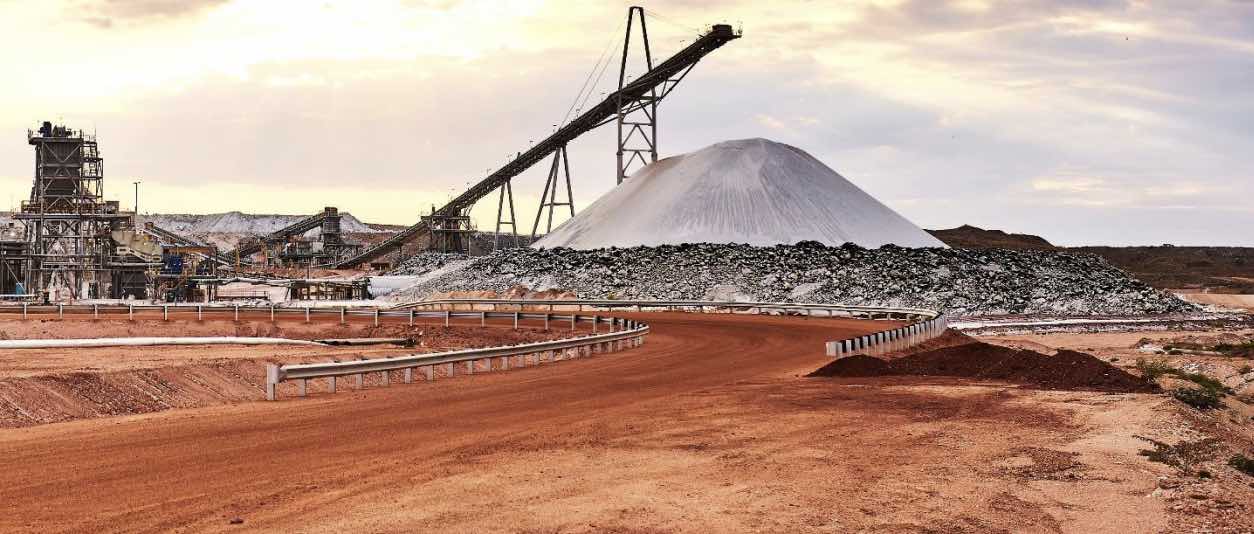
The future of lithium mining in Australia is bright, but miners must overcome critical challenges to reach the industry’s potential. One of the core minerals at the heart of the energy transition, Li is the crucial component in rechargeable lithium-ion batteries, allowing them to react.
Lithium-ion batteries are in hot demand in multiple sectors, from industry to automotive, cell phones to solar storage, and that’s expected to continue in the coming years. Specifically, the world will need vast quantities of lithium hydroxide and lithium carbonate, downstream products produced from the raw lithium found in either hard rock deposits or brines.
The Li market and supply chain is projected to reach $90 billion in value by 2030, growing at over 20% per year from today’s aggregate of $22B. And while prices are in decline as supply catches up with demand, at the current clip, there will be a supply gap of 1,640,000 tonnes of refined lithium product per year by 2030.
One of the contributing factors to this shortfall is the outdated, inefficient, and often harmful methods used to process lithium into its value-added forms. Exploring this value chain will be a significant focus for Australian lithium miners as they attempt to capture maximum profitability and offset the reduced margin of hard rock mining.
However, with new processes like Direct Lithium Extraction (DLE) coming online, there may be ways to squeeze more minerals from our current mined resources realistically, even catching up to future shortfalls by improving process efficiency.
DLE, or Direct Lithium Extraction, is a process that involves using solvent extraction, membranes, or adsorbents to extract and refine lithium directly from its source. According to its early proponents, DLE technology has the potential to recover 300% more lithium per ton as compared to existing processes.
Thanks to its increased efficiency, DLE may provide a bridge to avoid the supply shortfall and become an essential step to meet the growing demand for lithium. Targeted at refining lithium directly from brines at the lowest cost per unit volume, DLE is also touted as being able to reduce the impact of lithium mining on the environment significantly.
While DLE does have its challenges, it may be the lithium industry disruptor that helps meet the needs of a clean energy world, bringing with it notable environmental and production upsides, including:
According to industry insiders, DLE technology could become a reality between 2025 and 2030 across various greenfield projects and brownfield expansions in Chile and Argentina.
Lithium miners in Australia are facing a steep hill to climb. Despite the lower cost associated with hard-rock lithium mining in Australia, the spodumene concentrate produced trades at a significant discount compared to its brine-pumping peers in South America.
A case study:
There is one Australian project, however, that hopes to buck the trend and convert its spodumene into lithium hydroxide, a far more lucrative downstream product. The Greenbushes Lithium Mine in Western Australia is progressing in its plan to enter further down the value chain by producing lithium hydroxide from its hard rock mine that solely produces spodumene concentrate.
Two lithium hydroxide conversion facilities are being constructed in Western Australia to convert a portion of this spodumene concentrate. The first of these facilities is located 250 kilometers north of Greenbushes at Kwinana, a southern Perth suburb, producing spodumene concentrate and lithium hydroxide.
The additional cost of converting the spodumene concentrate to lithium hydroxide is expected to be US$2,456/t LCE; however, this is outweighed by the value addition that can be achieved. The success of the conversion facility is driving other Australian lithium producers, including large-cap companies like Mineral Resources Ltd., to consider constructing such facilities near their existing operations, including Wodgina.
Each of these decisions, however, must also consider the significant capital expenditure (CapEx) involved in constructing a conversion plant. This sort of value-added processing may become the norm for Australian miners and producers as more and more lithium supply comes on board while brine producers are capturing more profit through a premium product.
Despite the challenges posed by geography and competition from overseas producers, Australia remains in the box seat to benefit from the rise of lithium and its derivatives. The best estimates still put Australia’s lithium ore reserves at an adequate level for at least 79 years, at a production rate of 21.3 kt per annum.
This figure increases to 133 years when all available Economically Demonstrated Reserves of lithium are accounted for. While Australia only has 18% of the world’s reserves, its miners produce the lion’s share of the world’s lithium, with 61,000 tonnes pulled from the ground in 2022.
With a mature mining industry and associated infrastructure, alongside an enviable investment bubble, the lithium architecture is already primarily in place. As we’ve seen, the question from here revolves around value-adding and ensuring that Australia is not simply the world’s quarry for raw resources but a downstream producer of vital products.
Demand for lithium is expected to increase rapidly in the electric vehicles segment worldwide, as major car manufacturers are introducing new models to capture market share. The uptake in EVs is being driven by an array of government subsidies and fuel emission regulations designed to promote a cleaner environment by reducing reliance on fossil fuels.
These initiatives are expected to combine and encourage consumers to shift towards hybrid, plug-in hybrid, or fully electric vehicles over time. All this bodes well for Australian lithium miners.
Dust suppression is a critical issue in the world of mining and resources.
Learn more about GRT’s industry-leading and IoT-connected SMART Dosing Units, and discover how we’re driving better dust suppression solutions for all!
If you’d like to talk with an expert, simply contact us!
Your feedback is important to us.
If you enjoyed reading this Global Road Technology industry update and found it informative, please let us know by leaving a REVIEW.
https://elements.visualcapitalist.com/direct-lithium-extraction/
https://www.goldmansachs.com/intelligence/pages/gs-research/direct-lithium-extraction/report.pdf
Are environmental regulations, health and safety concerns or potential profit loss a concern right now?
Contact Us Now